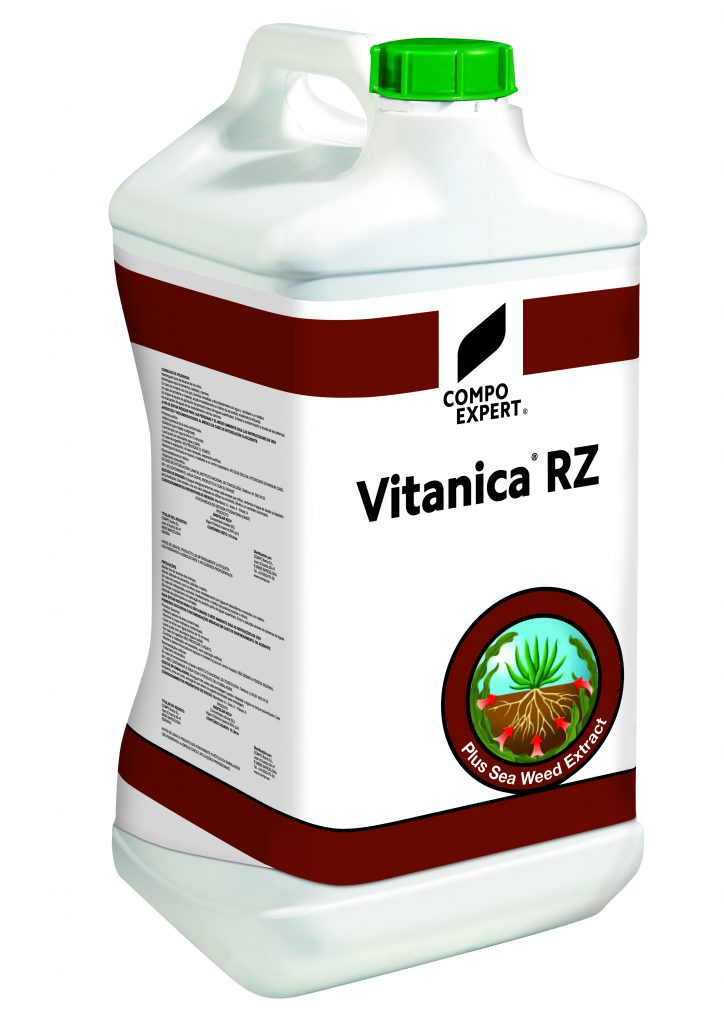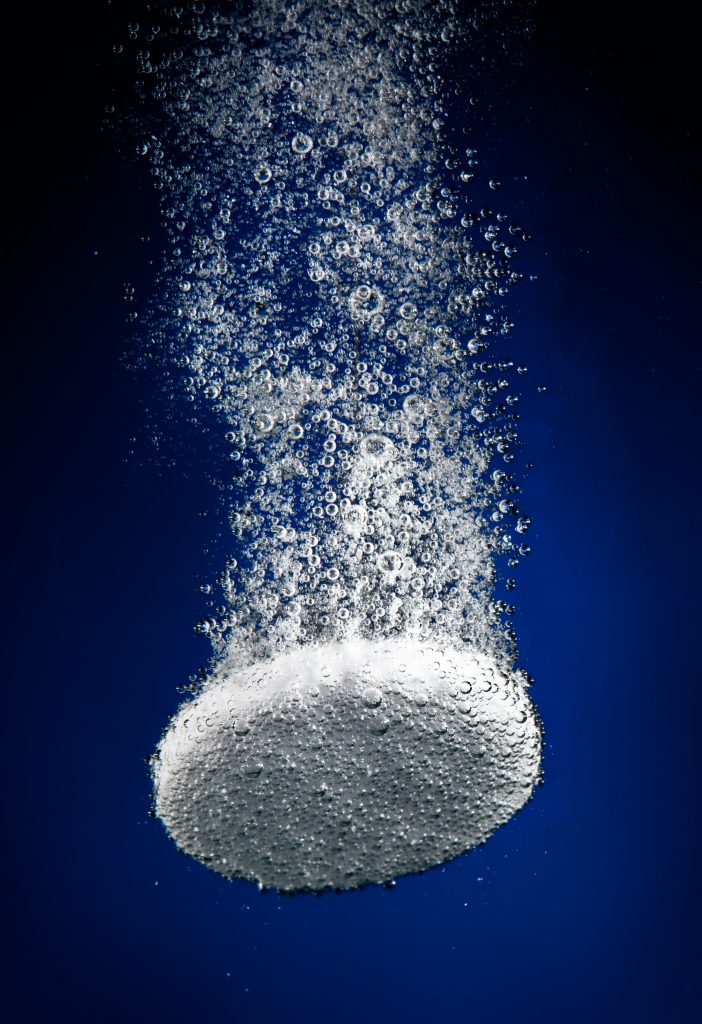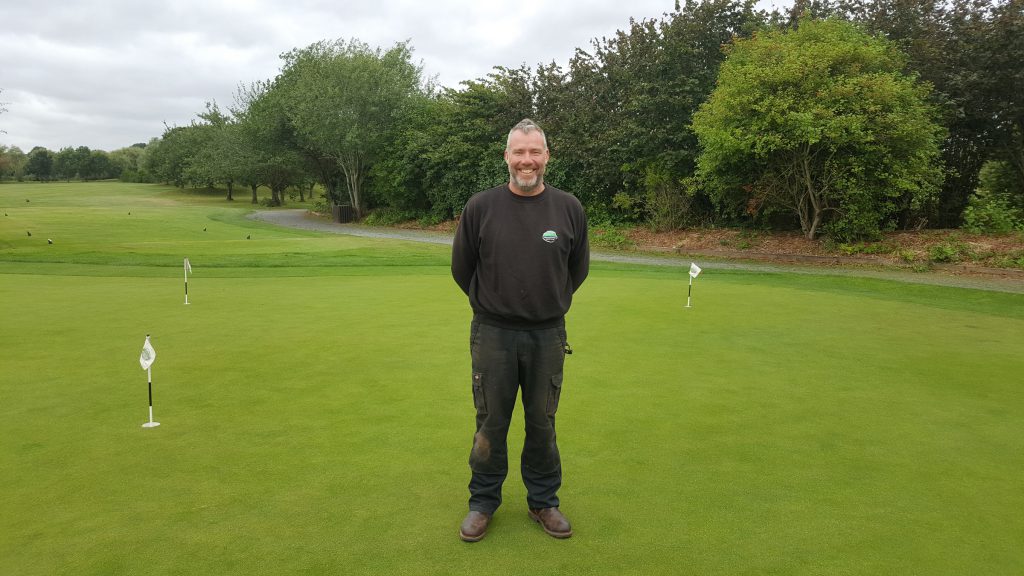Which fertilisers should I use on my golf course?
Related Articles
As we come out of what seems to be the longest winter in years, top fertiliser producers offer all-round advice to greenkeepers to help them battle the effects of adverse conditions and get courses back to tip-top shape, reports Andy Waple
As the number and scope of efficacious fungicides continues to dwindle, turf professionals must look to other, non-chemical measures to prevent and control diseases such as fusarium.
The value of a preventative nutrition programme should not be underestimated: providing grass plants with the correct nutrients and trace elements will enable them to tolerate stress and resist disease threats.
This approach can be underpinned by the use of specialist fertilisers, which as well as providing the essential nutrients a plant needs to remain healthy, will also inhibit pathogens.

From Germinal, Vitanica RZ 5.0.5 is a liquid organic mineral NK-fertiliser which contains the Bacillus amyloliquefaciens rhizosphere bacterium, Ba R6-CDX. This seaweed derived bacterium delivers a two-fold benefit to high quality turfgrass by promoting strong plant and root growth, and inhibiting pathogens: it actively outcompetes harmful pathogens for space around the roots and produces antifungal substances which deliver an antibiotic effect that further deters pathogens. This results in increased plant vitality and reduced susceptibility to disease and abiotic stress.
Ba R6-CDX is more effective than other Bacillus strains as it penetrates deep into the rhizosphere, forming a barrier around the entire root structure through which soil borne fungi cannot penetrate. At the same time, it produces antifungal substances which give an antibiotic effect that further deters pathogens.
Bitter cold winds, frozen ground, snow cover and waterlogged soils are conditions that can wreak havoc on turf surfaces.
Assisting the recovery of weakened grass requires a programmed approach involving targeted nutrition, over-seeding and disease prevention, say the experts at Rigby Taylor who offer the following tips.
Energy for greens can be provided by the application of Fineturf G 6-0-18+3.3MgO+2Fe, a mini granular fertiliser, of which 45 per cent of the nitrogen is nitrate. High potassium will improve plant durability, and magnesium and iron provides excellent colour. Nitric sources of nitrogen are taken up quicker in cooler conditions than ammoniacal nitrogen.
The experts recommend Fineturf WP 10-2-20+1.6MgO for tees and walkways for turf in need of quick pick-up in cold conditions. Its mini granular formulation provides a nitric source making up 27 per cent of the total nitrogen, and is readily available to the plant once it has solubilised. High potassium and some phosphate will encourage early season root development.
For growth, annual (Quickston) ryegrass and tetraploid perennial ryegrasses (Fabian and Tetragreen) in the R314 seed mixture will germinate at soil temperatures from just 4°C. Quickston gives a 35 per cent increase in germination and tetraploids provide a 28 per cent increase after just 12 days and delivers faster shoot growth in cool air temperatures, 5cm above soil surface. It’s the perfect seed for cool soil temperatures.
Weakened turf is very susceptible to disease attack, especially from microdochium (fusarium patch) that can be very damaging to turf surfaces following snow cover or when the turf remains moist for an extended period of time. A preventative / curative tank mix application of Exteris, Fortify, Trimate and Magnet Velocite is an ideal Integrated Disease Management (IDM) combination.

The unique ‘Florida style’ Bransford Golf Course at Worcester’s Bank House Hotel provides a challenge, not only to players of all abilities, but also to the greens’ team. For his nutritional programme, golf course manager Graham Wallace turns to Headland Amenity and regional manager Adi Masters to keep it playing to the highest of standards – together they have solved an issue with flushes of growth that had started to become difficult to manage.
“I’ve used Headland products for nearly 20 years,” says Graham, “and always find them to be effective, backed up with tried and tested knowledge and research. We apply their fertilisers and chemicals all over the course. For a number of years now we’ve used various formulations of Multigreen® temperature controlled release fertiliser on the fairways. Though this provided the high quality of grass and coverage we desired, in a warm spring, the initial flush of growth it delivered was increasing the amount of cutting required. We wanted to find a way to drop the growth back a bit whilst retaining the grass quality.”
Graham ran a trial across four of his fairways, comparing various products applied at varying rates to assess efficiency and results. A competitor product with a similar analysis to Multigreen® was applied at two different rates on two of the fairways, an alternative Headland product was trialled on the third and Graham’s normal choice, Multigreen® 28.3.15, on the final fairway. “We applied all of the products in April, except for the Multigreen® which Adi suggested we put down in March. His reason was that Multigreen® contains both quick and slow release sources of nitrogen and applying it in April, when the temperature satisfied the release of both, is what caused the initial flush of growth.
“Though we achieved reasonable results from all of the products across our trial plots, in my opinion the Multigreen® outperformed them in terms of the sward density, colour, health, longevity and overall performance. By simply applying it a month earlier, we avoided the double whammy of nutrient release that was causing the flush of growth. Eight months after the initial application, Multigreen® was still delivering growth and solid results from its single application.

“Not only that but we’ve also now managed to cut back on the amount of growth regulator we’re having to apply, saving us around £600 a year.”

























